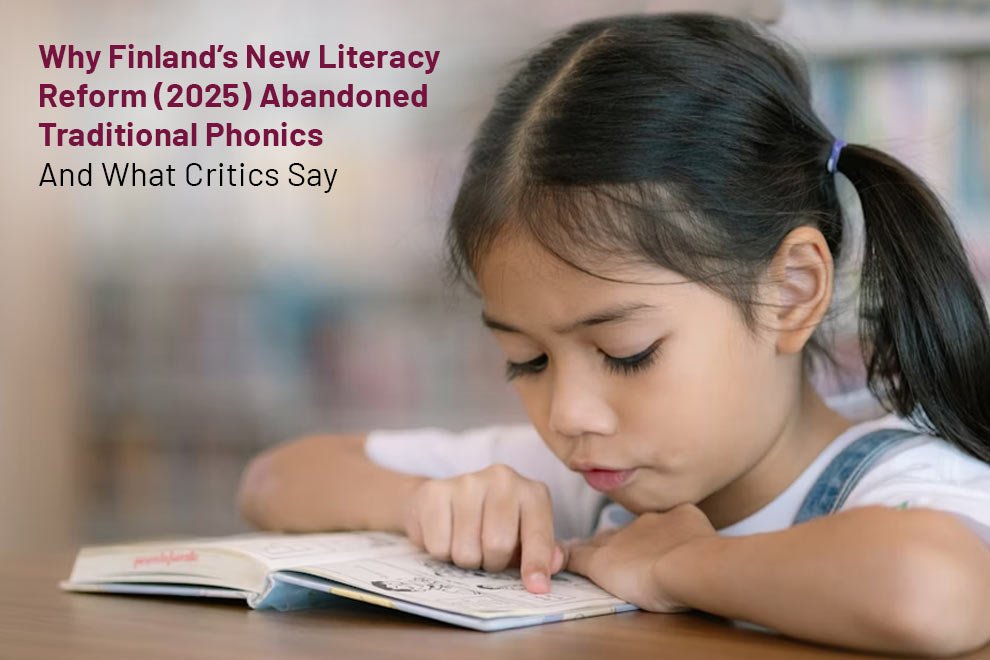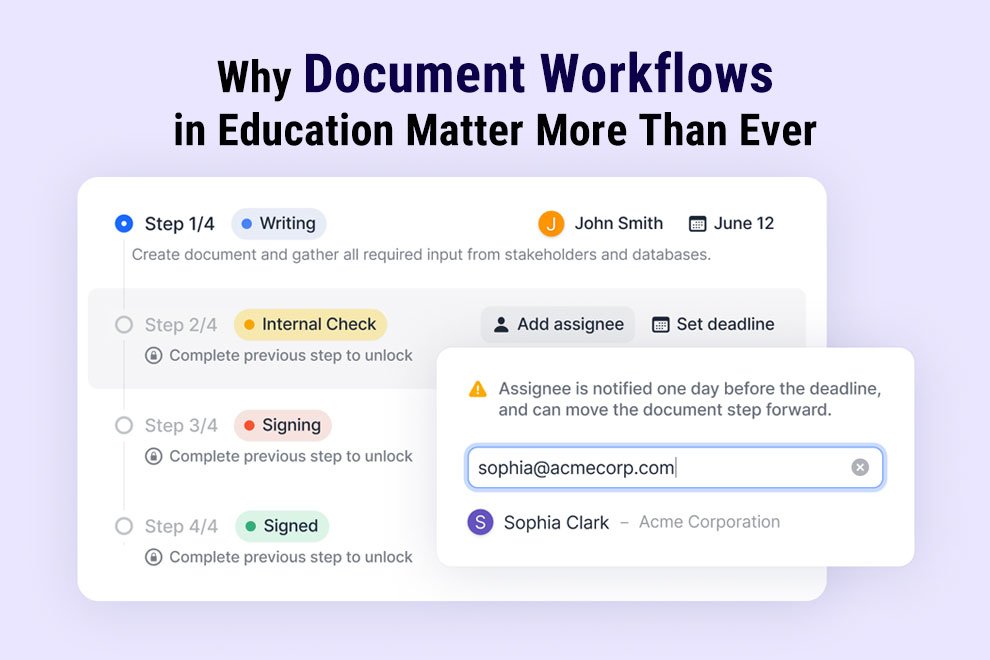Finland is already known throughout the world because of its advanced education system. Their students are consistently ranked in the best literacy tests around the world. So, when the government revealed a huge change in the way it teaches literacy, the attention of the global teaching community was gained.
The reform? Finland decided to adopt a new teaching approach that does not rely on phonics-based education. It is regarded as an extensive and meaning-centered method. It entails sounding out letters and combining them to create words.
This decision has sparked debate. Supporters argue it aligns with modern research on how children learn best. Critics, however, fear it could harm literacy rates. Let’s explore why they made this change, and what the backlash means. As a change, Azurslot is where customer satisfaction reigns supreme, and the guests are treated as kings!
The Shift Away from Phonics
For generations, phonics was a cornerstone of early reading instruction. Kids everywhere learned to decode words by connecting letters to their sounds. But in 2025, Finland’s National Board of Education introduced a new framework.
Officials cited several reasons for the reform:
- Focus on Meaning Over Mechanics: The new method encourages kids to grasp the whole meaning of texts before breaking words into sounds. Supporters argue that this makes reading more engaging and natural. This is much like how children learn spoken language.
- Better for Multilingual Classrooms: Diversity in classrooms has never been greater. By placing more emphasis on comprehension, the meaning-based approach benefits non-native speakers.
- Cognition: According to studies, rigorous phonics at an early age may irritate certain students.
- Digital Demands: With so much reading happening on screens, local educators argue that critical thinking and comprehension matter more than flawless decoding.
How the New Method Works
Instead of starting with letter sounds, teachers now use:
- Whole-language techniques: Pupils see complete words and sentences first, learning through stories and real-world texts.
- Visual and contextual cues: Pictures, repetition, and predictable story patterns help children recognize words without sounding them out.
- Student-led exploration: Kids choose books that interest them, fostering a love of reading early on.
Critics’ Concerns: Is This the Right Move?
While many applaud this bold step, critics and literacy experts worry about unintended consequences.
1. Why Fix What Isn’t Broken?
Literacy levels are already high in Finland, but its opponents say a move against phonics threatens to reverse decades of success. They cite examples of countries such as the U.S. and U.K., where schools that swapped it out saw a decline in reading scores and then ended up reinstating it.
2. Struggling Readers Might Fall Behind
Studies show that inflection is very helpful for children with dyslexia or other difficulties. Without structured sound-based instruction, critics fear these students could struggle more.
3. Lack of Strong Evidence
While it all sounds good in theory, some experts say there isn’t enough data to prove it’s better than phonics.
What Other Countries Can Learn
If Finland’s experiment is successful, other countries could decide to follow suit. Otherwise, it can be a warning story.
Key Takeaways
- Balance: Some experts suggest blending phonics with whole-language techniques. One mustn’t abandon one for the other.
- Teacher training matters: Finland’s teachers are highly trained. This may help them adapt.
- Watch outcomes closely: If literacy rates dip, policymakers may need to adjust.
A Bold Gamble or the Future?
Finland’s decision to move away from tradition is a gamble. The nation boasts a track record of creative and effective change, and literacy is essential. Should this new system succeed, it would transform how reading is taught everywhere, but should it not, they might find the need to reverse.
Also Read: 5 MUST-READ Digital Literacy Books for Modern Learners









